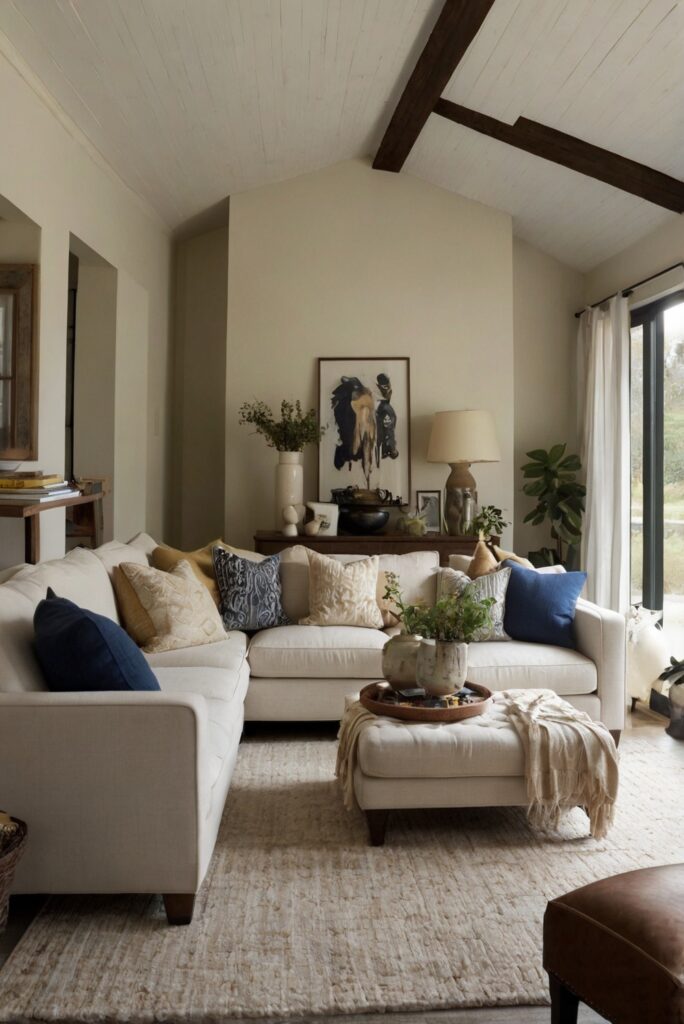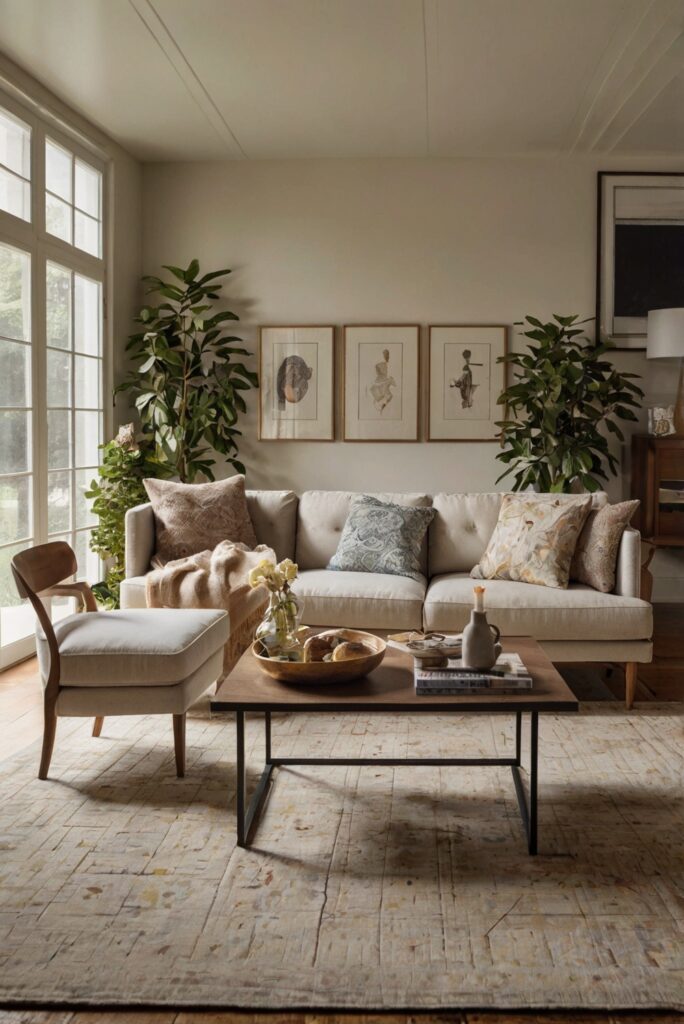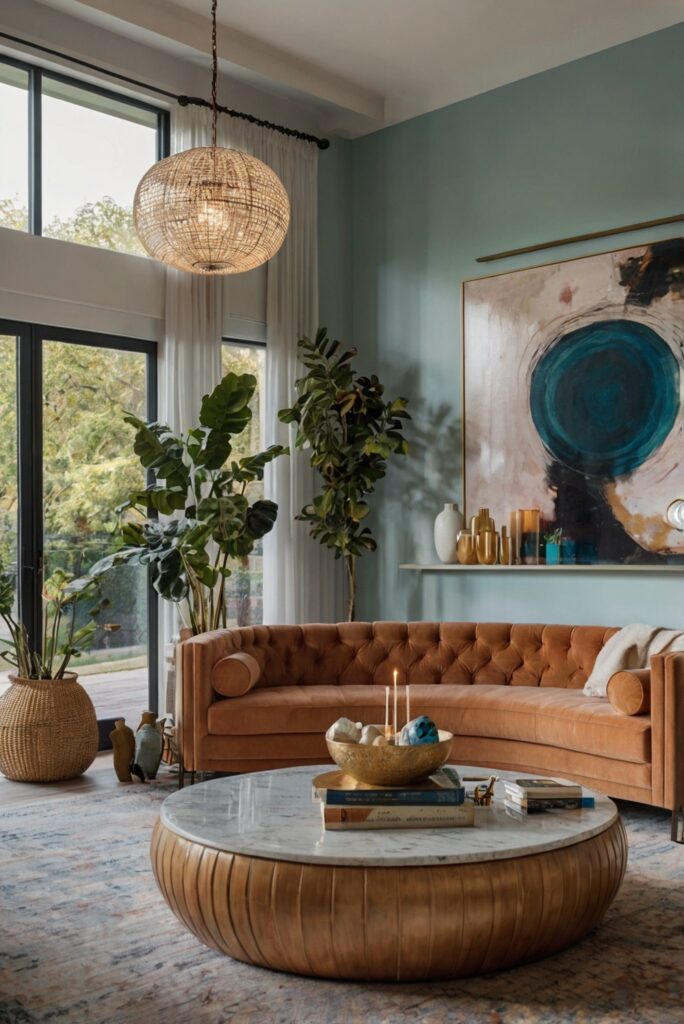Discover expert tips for styling your living room with multiple seating areas. Learn how to create a cohesive and inviting space for entertaining and relaxing.
**
How to Style a Living Room with Multiple Seating Areas?
**
**
How to Style a Living Room with Multiple Seating Areas?
**
Answer:
Incorporating multiple seating areas in your living room can create a dynamic and versatile space for entertaining or relaxation. To achieve this, start by defining each seating area with rugs or lighting to visually separate them. Choose a cohesive color palette and mix furniture styles to add interest. Consider the flow of traffic to ensure each area is easily accessible. Space planning is essential to avoid overcrowding and maintain a harmonious balance. Selecting furniture of varying heights can also add depth to the room. Experiment with different arrangement layouts to find what works best for your space.
Esteemated
Home Interior: 2
Home Interior Design: 3
Home Decor Interior Design: 4
Interior Design Space Planning: 6
Decorating Interiors: 7
Interior Bedroom Design: 8
Kitchen Designs: 10
Living Room Interior: 11
Designer Wall Paint: 12
Color Matching Painting: 14
Paint Color Match: 15
Home Paint Colors: 16
How to Style a Living Room with Multiple Seating Areas?
When styling a living room with multiple seating areas, it is essential to create a cohesive and inviting space that is both functional and aesthetically pleasing. Here are some tips to help you achieve the perfect balance:
Consider the Layout: Before you start adding furniture, consider the layout of your living room. Determine the focal point of the room and arrange your seating areas around it. This could be a fireplace, a TV, or a beautiful view.
Choose Versatile Furniture: Opt for furniture that can be easily moved around to create different seating arrangements. This could include modular sofas, ottomans, or accent chairs that can be rearranged to suit different occasions.
Define Each Area: Use area rugs, lighting, and different color schemes to define each seating area within the room. This will help create a sense of cohesion while still allowing each space to have its own unique look and feel.
Additional Tips:
Experiment with Different Heights: Mix and match furniture of varying heights to create visual interest and dimension in the room.
Balance the Scale: Ensure that the furniture in each seating area is proportional to the size of the space. Avoid overcrowding or placing pieces that are too large for the area.
Accessorize: Add throw pillows, blankets, and decorative items to each seating area to make them feel cozy and inviting.
Personalize: Incorporate personal touches such as family photos, artwork, or sentimental objects to make each seating area feel like a reflection of your personality and style.
Maximize Lighting: Ensure that each seating area has adequate lighting, whether it’s through overhead fixtures, floor lamps, or table lamps. This will create a warm and inviting ambiance.
Flow and Traffic: Consider the flow of the room and make sure there is enough space for people to move comfortably between the different seating areas. Avoid blocking pathways or creating obstacles.
Color Coordination: Choose a color palette that ties all the seating areas together while still allowing each space to have its own personality. Consider using accent colors or patterns to create visual interest.
Functionality: Ensure that each seating area serves a purpose, whether it’s for conversation, reading, watching TV, or simply relaxing. Make sure there are enough surfaces for drinks, snacks, and other essentials.
Comfort is Key: Above all, prioritize comfort when selecting furniture for each seating area. Choose pieces that are not only stylish but also comfortable and inviting for you and your guests.
1. What are some key tips for styling a living room with multiple seating areas?
To style a living room with multiple seating areas, consider choosing furniture that complements each other in terms of style, size, and color. Create a focal point in each seating area, such as a fireplace, artwork, or coffee table. Make sure there is enough space between seating areas for easy movement. Use rugs to define each seating area and add visual interest. Incorporate a mix of seating options, such as sofas, armchairs, and ottomans, to provide variety and comfort. Finally, add lighting, plants, and decor accessories to tie the different seating areas together.
2. How can I create a cohesive look in a living room with multiple seating areas?
Creating a cohesive look in a living room with multiple seating areas involves using a consistent color scheme, coordinating furniture styles, and balancing the layout of each seating area. Choose a color palette that ties all the seating areas together, whether through wall paint, furniture upholstery, or decor accents. Select furniture pieces that complement each other in terms of design and scale to create a harmonious look. Arrange the seating areas in a way that allows for easy conversation and flow between them. Incorporate matching decor elements, such as throw pillows, rugs, and artwork, to unify the space.
3. What are some creative ways to maximize seating in a living room with multiple seating areas?
In a living room with multiple seating areas, creative ways to maximize seating include using multipurpose furniture, such as storage ottomans that double as extra seating, or nesting tables that can be pulled out when needed. Consider incorporating built-in seating, such as window benches or banquettes, to provide additional seating without taking up extra floor space. Opt for furniture with hidden storage compartments to keep extra seating options handy while maintaining a clutter-free look. Utilize folding chairs or stools that can be easily stored away when not in use. Experiment with different seating arrangements, such as creating cozy nooks or mixing and matching seating styles, to maximize seating options in the space.
4. How can I balance the different seating areas in a living room to create a cohesive layout?
To balance the different seating areas in a living room, start by considering the overall flow and function of the space. Arrange the seating areas in a way that allows for easy conversation and movement between them. Create a focal point in each seating area to anchor the space and guide the eye. Use rugs to define each seating area and add visual interest while helping to establish boundaries. Maintain a consistent scale and proportion of furniture throughout the room to ensure a cohesive layout. Experiment with different furniture arrangements until you find a balance that feels comfortable and functional for the space.
5. What are some common mistakes to avoid when styling a living room with multiple seating areas?
When styling a living room with multiple seating areas, common mistakes to avoid include overcrowding the space with too much furniture, neglecting to create a cohesive color scheme or design theme, and failing to consider the flow and functionality of the room. Avoid placing furniture too close together, as this can make the space feel cramped and cluttered. Be mindful of the scale and proportion of furniture pieces to ensure they fit the room appropriately. Resist the temptation to mix too many different styles or colors, as this can create a disjointed and chaotic look. Finally, consider the needs and habits of the people who will be using the space and prioritize comfort and practicality when styling the living room with multiple seating areas.



